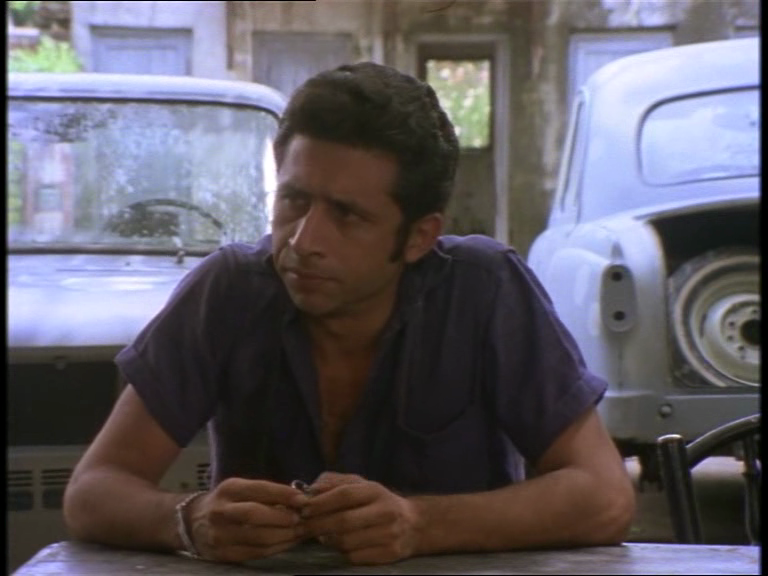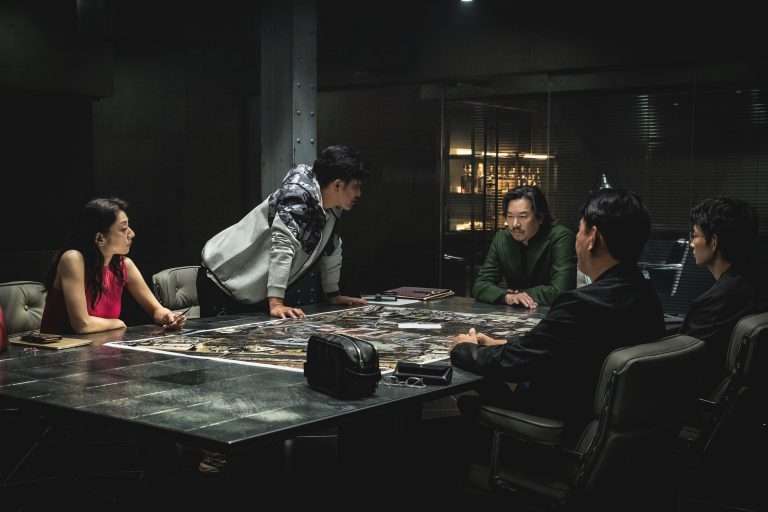It is not a matter of coincidence that Albert Pinto has been a symbol of the postmodern Angry Man of Bollywood. It’s been a long time since Naseeruddin Shah portrayed the character of a dilapidated hero in his own life, laden with burdensome insecurities amidst the treachery of political atrocities and fraught love life. The maestro Saeed Akhtar Mirza took on the helm of parallel cinema in 1980 to release his highly acclaimed movie “Albert Pinto Ko Gussa Kyon Ata Hai,” which went on to win the Filmfare Critics Award for Best Movie.
It was a time when public reviews were raving with rage, and cinematic occasions did not need to yearn for an accolade or a father figure. Indeed, Mirza lived in an epoch when the idea of awards and their subsequent persuasive qualities solely depended on the integral facets of the movie and which aspects of the turbulent times it managed to portray.
Even though the initial movie was foregrounded during times of Emergency, a namesake of the same title was seen when Manav Kaul decided to recreate it in 2019, managing nominally to touch on the contemporary issues of our generation, channelizing one’s anger towards the absence of electricity in rural hinterlands and criticizing the alcohol and flesh trade. Mirza’s cult character portrayal was well-placed in the then-Mumbai cosmopolitan locale, reconciling, as Rajeev Dhavan has argued, the politics of struggle with the politics of governance.
The policies of the Indira Gandhi-led Congress Party were a disastrous and bombastic shock therapy for all Indians. It affected, in lieu of a Pandemic, all sectors of a thriving economy. Yet, it was not the effect of any incantation tried on a certain lower middle-class car mechanic to search for the right issue to fight for. Indeed, Pinto, in his entire sobriety, continued to rev up on matters that did not concern him, a merciless, at times ruthless examination of his own patriarchal sanctions, failures, and crises.
With the aim to attain proximity to the world consumer market, Mirza shows how a young Christian mechanic draws on inadvertent pride at being associated with his millionaire clients: “Me kisiko Saab Vaab nahi bolta. Bolta hu Murad, Ei Murad. Aise” (“I don’t call anyone Sir or Saab. I call them in this manner – Murad, Ei Murad”). The opening scene confirms this uneasy yet self-assured attitude of the protagonist. It is almost believable from first sight that his clientele is his friends, as he test-drives their cars and passes his own judgments on their acceleration.
However, as one moves forward into the nuances of the tale, one realizes how insignificant, hollow, and benevolent his self-esteem really is. The illusion of Indians to work hard and earn their share has been a decadent guilty pleasure for years. Albert Pinto emulates his affluent acquaintances, only to return to penury, which shows him the true state of affairs.

The crackdown on the nation’s largest trade unions compromised varied departments’ general development and economic hierarchy. Pinto and Mrs. Gandhi, both simultaneously suffering from hurt sentiments, wished to absolve their surroundings as a consequence of the same. The Emergency saw the states forming bipartite councils, consisting of workers and representatives of major public sector industries. Due to the wage freezes and rapidly phased-out bonuses, it was not a simple matter of undulating emotions. The Bombay Textile Strike struck a reminiscent chord with the 1984 Miners’ Strike in England, exploring the historiography of one of India’s largest gatherings against heavy state repression. Planned unionization enabled a massive turnout of nearly 250000 workers. In the film, Mirza points out this anomaly in two different instances. In the very beginning, Pinto is seen entering the house and voicing his disapproval of these insurgent strikes.
He does not share the victimhood and fear psychosis of his parents, the mother exclaiming: “Agar dukaan me taala lag gaya toh?” (“What if the shop is shut down forever?”) Instead, Pinto confidently demands his tea and imminently rebukes his father’s association with the Textile Mill Strike; more so, even its discussion in the house seems to be a waste of time for him. According to his interpretation, non-compliance with the workers’ inferior demands grants Pinto the will to prove himself through unregarded opulence. He reverberates with the second instance when a manager of a company points out the apparent callousness of the workers – “Meeting zyada, Kaam Kam” (“More meetings, less work”). Official records suggest that the strike went on for at least eighteen and a half months, making it a ceremonious adage of Mirza to uphold his rights and sympathy with the workers.
The labor power (of Pinto) and the maximization of profits by the car owners reach a stage of ambiguity and a saturation point when Pinto finds anger to be the only predominant replacement for his diffidence. His treatment of Stella (Shabana Azmi), his girlfriend, gets compromised, as she is promoted to the position of her Boss’s secretary. In contrast, Mirza involves the daring Joan Pinto (Smita Patil), Albert’s disabled sister, who is taunted by one of her customers to demonstrate a saree by draping it on herself. The male gaze quickly revolves when she stands up to actually ‘reveal’ herself, complete with all her locomotor limitations. Thus, “Albert Pinto Ko Gussa Kyon Aata Hai?” plays with relentlessly sharp bargains and adequately analyzes the skepticism of everyday life through the resentful eyes of the ‘casual Indian laborer.’






